Cotyledon Bear’s Paw Tissue Culture
$7.74
Cotyledon Bear’s Paw Plant is the most important of all the bears native to the United States. This small plant has a long history of providing the American Indians with medicine, both for curing and for protecting them from harmful insects.
Out of stock
SKU: COYBEA800105T
Category: Tissue culture
Cotyledon Bear’s Paw Uses and Health Benefits:-
- Its small blackish-green spines are long and needle-like and are attached at the base of each leaf. In fact, you can tell a great deal about the nature of the bear’s paw plant by looking at the nature of its spines. If it has two spines rather than one, then it is almost certainly a cotyledon plant.
- Cotyledon Bear’s Paw plants native to the southwestern part of North America were very widely cultivated by Native Americans long before they were brought over to the West by explorers or settlers. It is believed that cotyledon plants were among the first plants taken to the West by pioneers.
- In the early days, the Cotyledon Bear’s Paw plant was widely used as an antiseptic because it was said that bears were able to stand on the plants without falling off. Other stories said that bears often slept on the plants to protect themselves from being eaten. At the same time, people did not know what the plants were. It was thought that they had healing properties and were even used to make a drink.
- Today, the Cotyledon Bear’s Paw plant is grown primarily for ornamental purposes. It was popular in the United States until the early 1980’s when there was a surge of interest in certain forms of alternative medicine. The Cotyledon Bear’s Paw Plant was among the herbs that were investigated as being a cure for various illnesses.
- In botanical classification, the plant is known as a cotyledon but is commonly referred to as the Cotyledon Bear’s Paw plant. In recent years, scientific research has found that the plant also has some antispasmodic activity and that it may prevent certain cancers, although there is still no scientific evidence that this is true. It appears likely that the plant has a positive effect on the immune system and may have a positive effect on the cardiovascular system.
- Cotyledon Bear’s Paw plant has been used for centuries as an antidote to poison ivy, which many people have been known to get from poison ivy. It is also known as “motherwort” and is used for some other conditions.
- The name of the plant comes from the Latin “cotyledus”, meaning “bear’s paw”. People believed that cotyledon had a healing effect on animals, but the actual plant itself did not provide any benefit to human beings.
- The plant has had many medicinal uses and it was used as a folk remedy for several diseases until the early 1970s. In particular, it has been used for the treatment of stomach problems and as an astringent.
- The plant is a perennial, which means that it will grow year after year. The plants can be found almost anywhere in North America and many nurseries specialize in the growing and maintaining these plants. The plant can be bought from seed to harvest and replanted every spring.
- The plant is not considered a cure for any disease or illness, but it is very useful in treating health problems caused by chemicals, insect bites, skin irritations and insect bites. It is said to be beneficial in treating haemorrhoids, eczema, boils, skin rashes, headaches, joint pains and stomach pain. It can be used in combination with other herbs to improve the symptoms associated with asthma and allergies.
- Many people believe that the Cordyline Bear’s Paw plant is so versatile that it can be used to treat just about any problem that you can think of. It can also be used in combination with other herbal remedies for many of them.
- For example, a few drops of the plant can be added to a cup of water before bedtime daily for the relief of insomnia. If a cold is coming on, you could drink one or two sprigs of the plant and the next morning the cold will be gone.
Be the first to review “Cotyledon Bear’s Paw Tissue Culture” Cancel reply
Related products
Tissue culture
$7.74
Tissue culture
$7.74
Tissue culture
$6.87
Tissue culture
$7.53
Tissue culture
$7.74
Tissue culture
$9.33
Tissue culture
$6.87
Tissue culture
$9.33

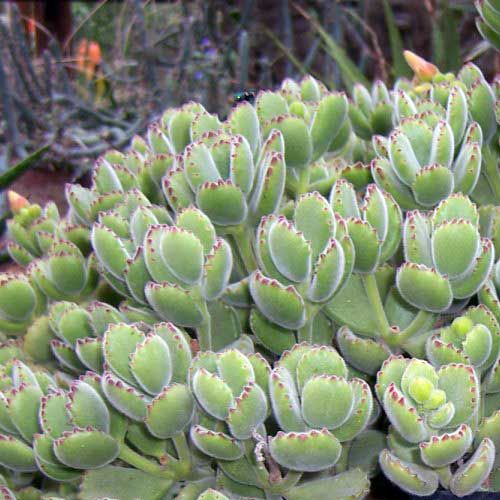


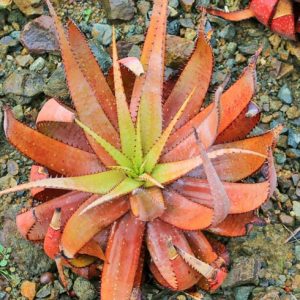
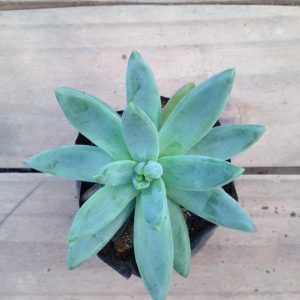
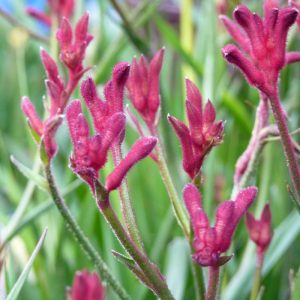
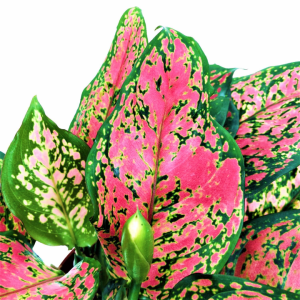
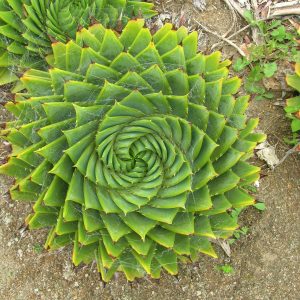

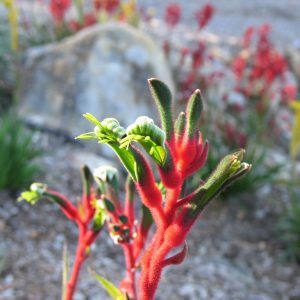
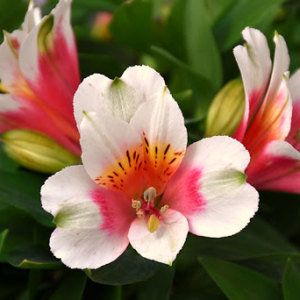
Reviews
There are no reviews yet.